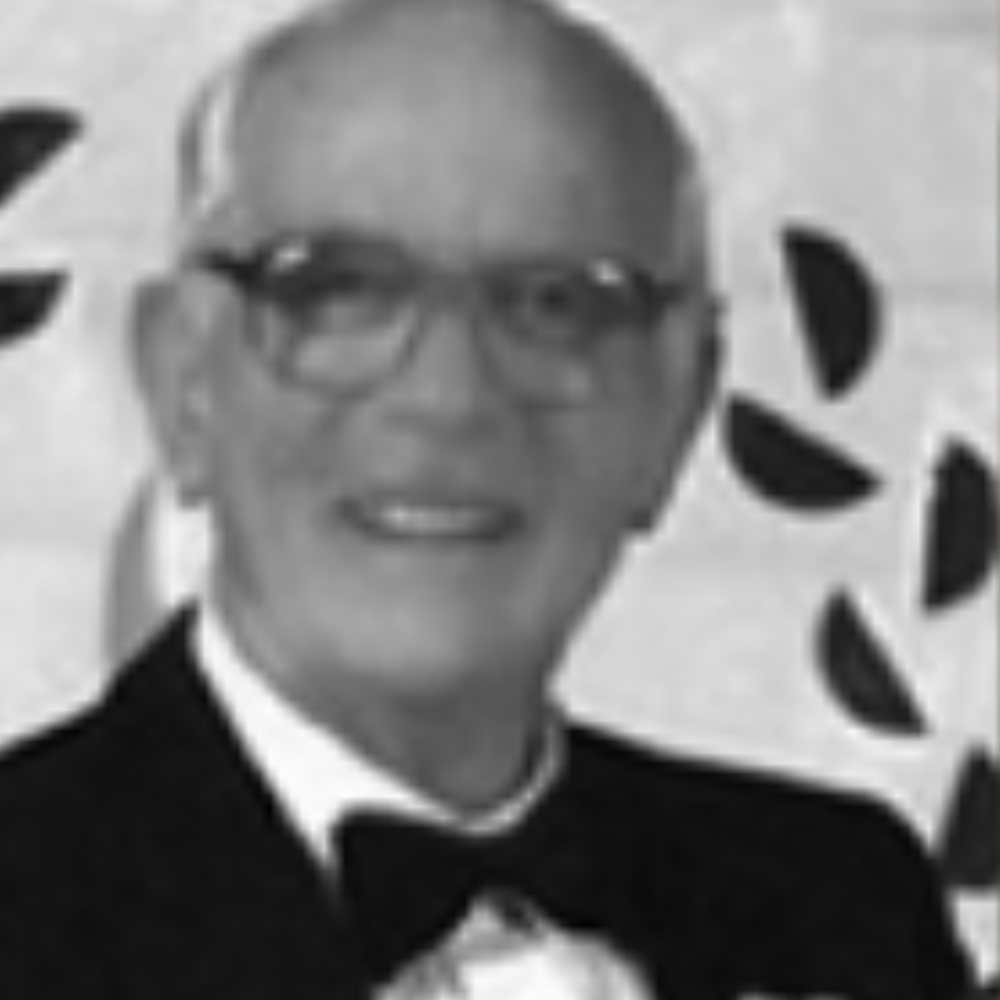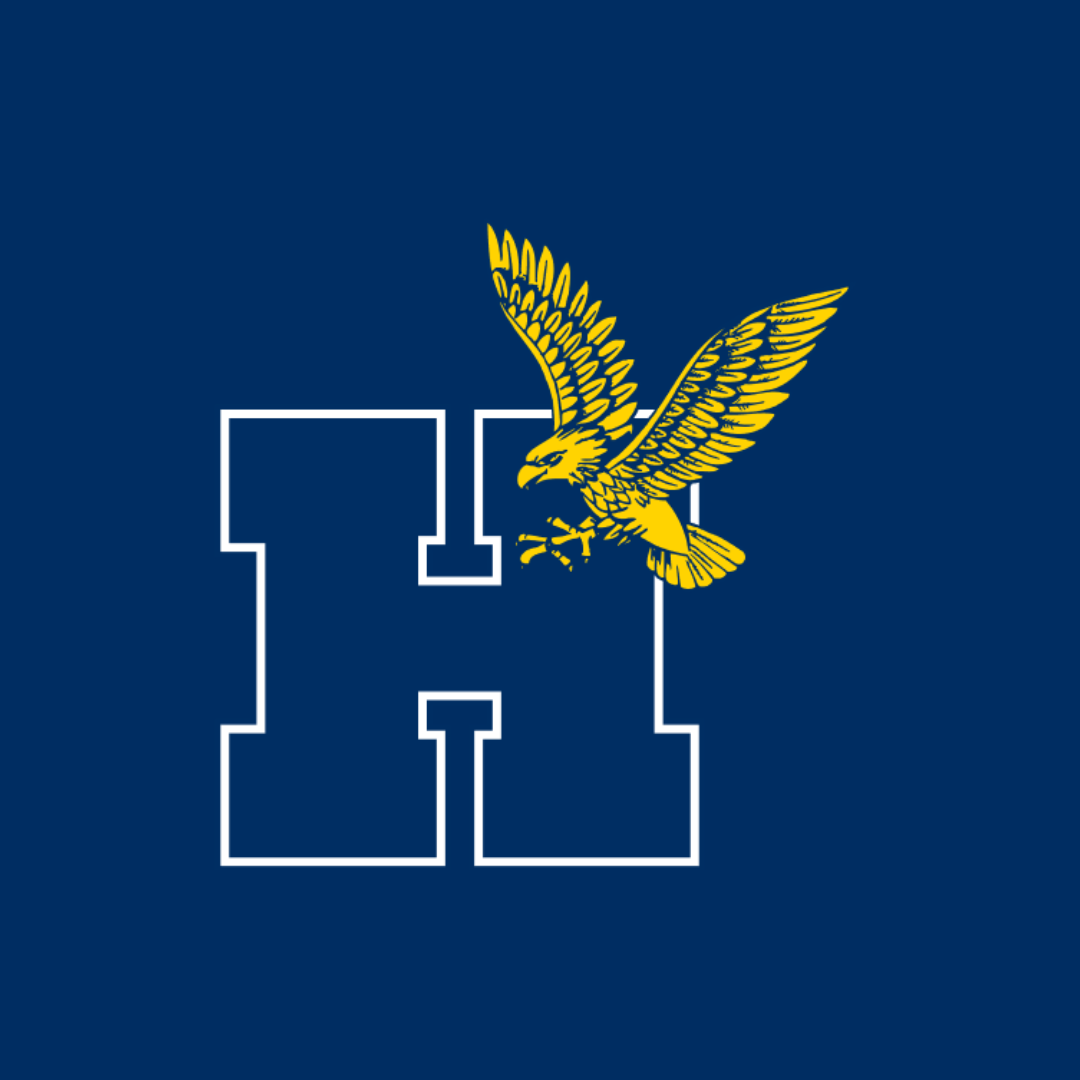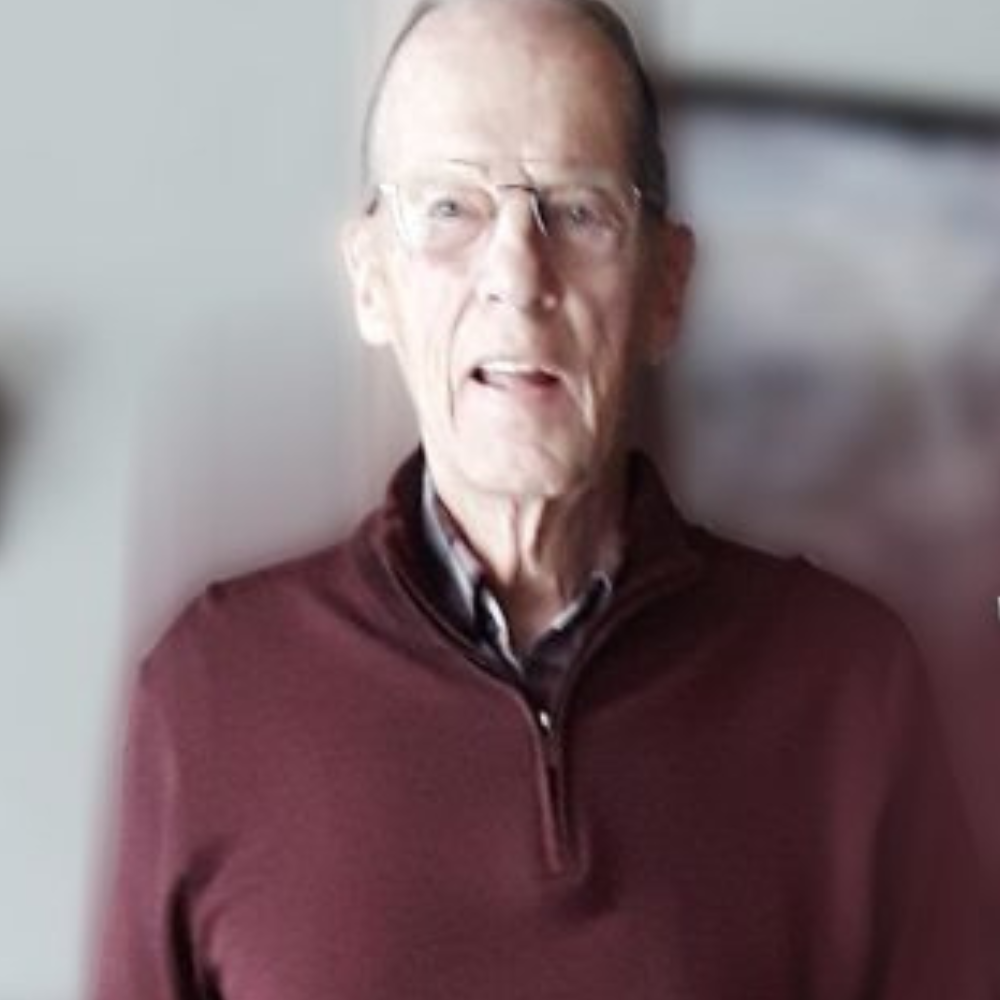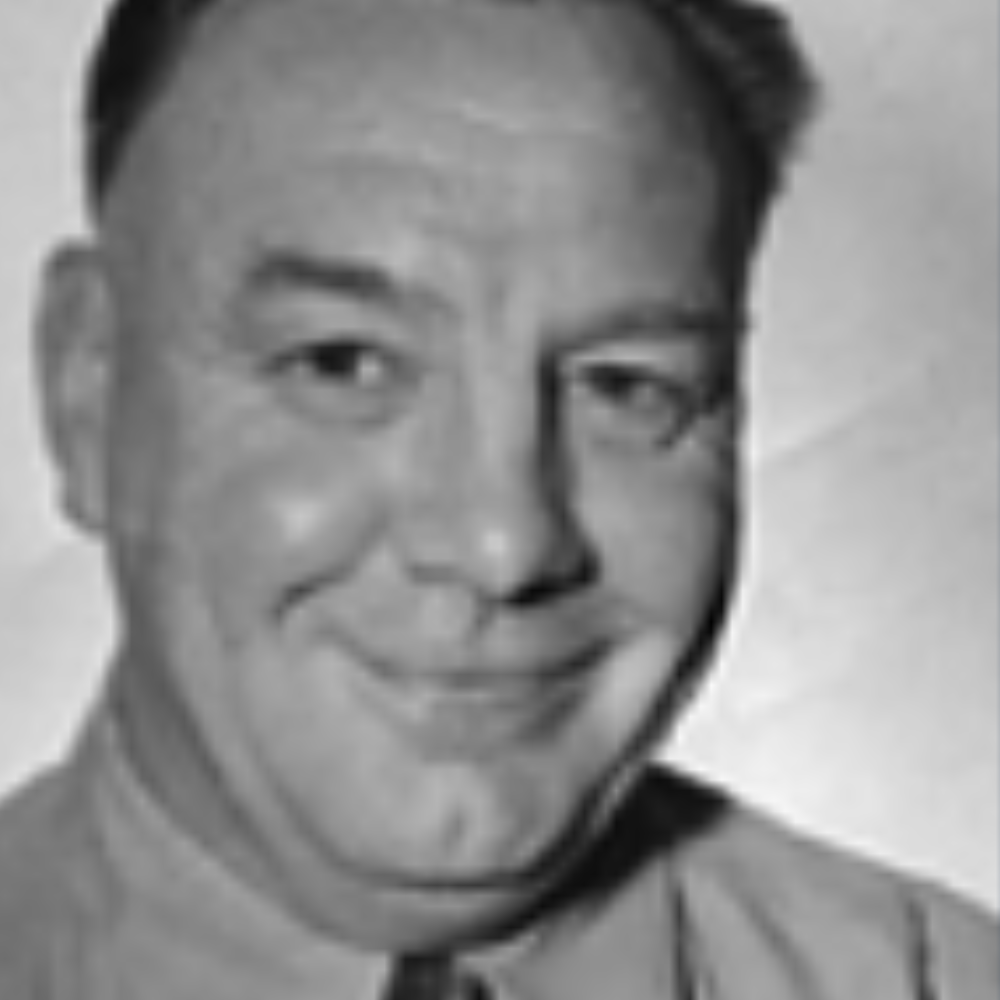Journalist, author, historian and official scorer. Louis Cauz has had a wide and varied career, but his love of sport began when he was just a boy, watching and playing baseball, hockey and basketball. He played baseball for the Hamilton Mountain Lions, ran Track and Field with the Hamilton Armours for Westdale Collegiate, and played goalie during the 40s and early 50s, working out on occasion with the Hamilton Tiger Cubs at the Forum.
During the 1950s World Series between Philadelphia and the Yankees, Louis sat by the teletype as they pumped out scores and statistics. He was hooked. He loved all sports, and while Louis says he wasn’t very good at playing them, sport reporting was his opportunity to participate and be the interpreter of a sporting event for the public.
When Louis was18 years old he joined the Hamilton Spectator, where he fell in love with the newspaper business, and dedicated himself to becoming a writer and sports reporter. After years as an office boy and proof reader, Louis got his opportunity to write in 1955.
Two years later he moved to Toronto and joined the Globe and Mail where his career as a writer and reporter flourished. Louis had the opportunity to cover news and politics, but eventually made his way back to sports and started covering horse racing in the mid 60s.
During his first year covering hockey in 1967, the Toronto Maple Leafs won the Stanley Cup. For more than 17 years at the Globe and Mail, Louis covered all sports including the hockey, football, baseball, skiing, tennis and curling.
Some of his deepest memories include, witnessing Hank Arron tie Babe Ruth’s record, covering the Olympic Games in Munich, and being honoured with a Sovereign Award by The Jockey Club of Canada in 1984 for his book “The Plate: A Royal Tradition.”
He has been an Official Scorer for the American League at the Rogers Centre since 1989, and is the Managing Director of the Canadian Horse Racing Hall of Fame.
Louis is married and has six children, and seven grandchildren.










